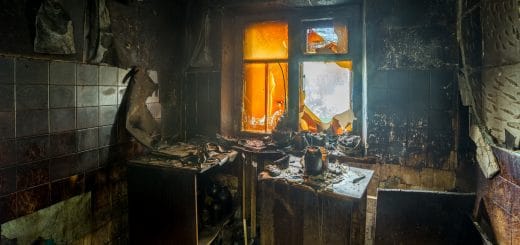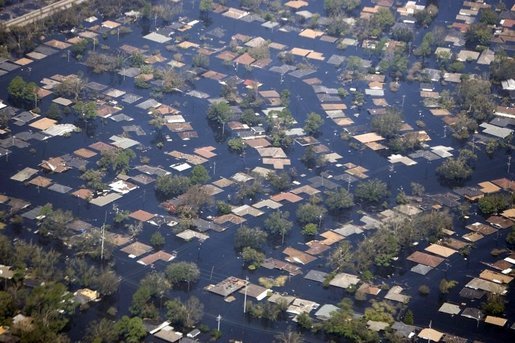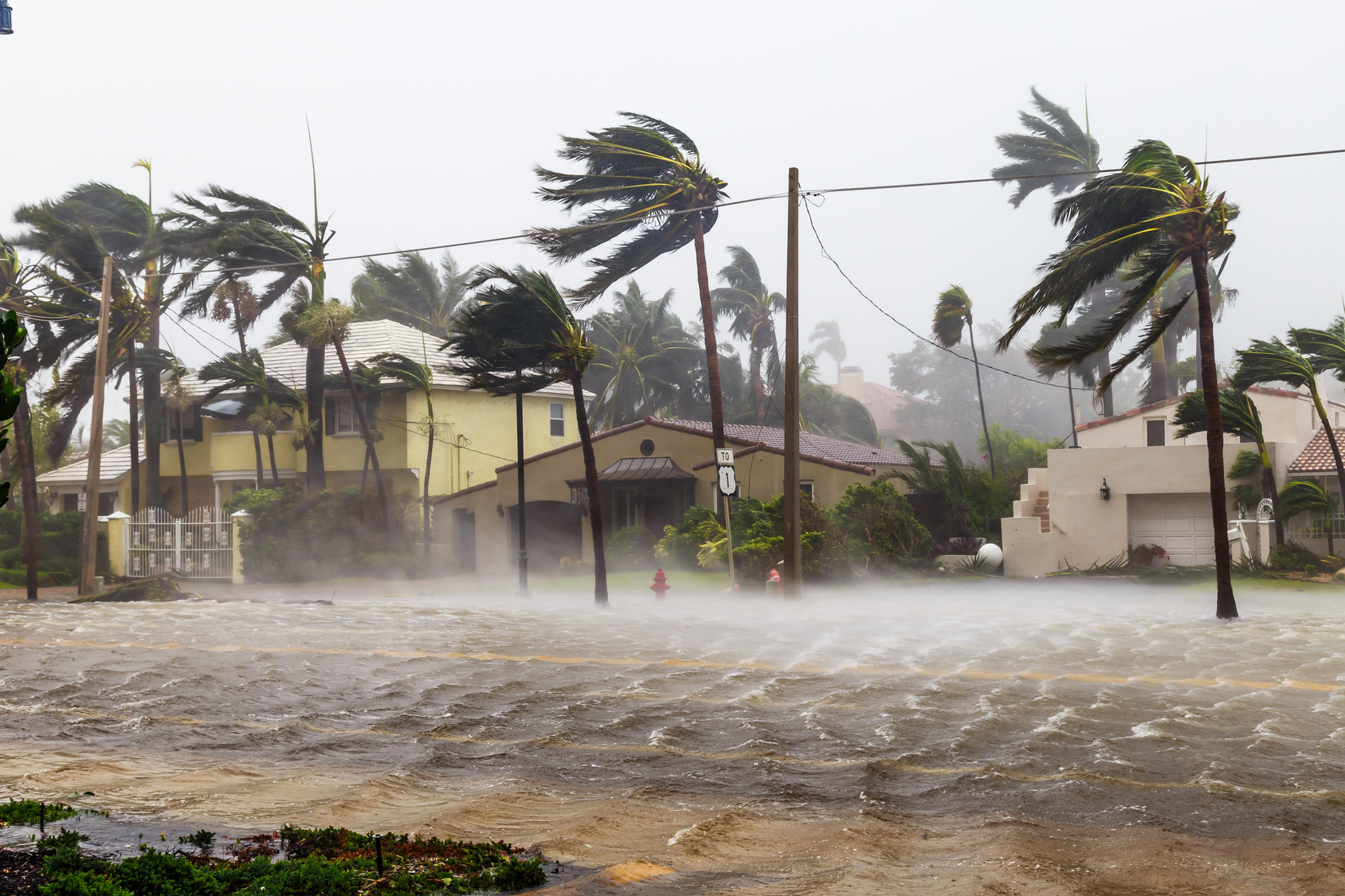What Happens During a Bomb Cyclone?
Late winter storms that combine large amounts of moisture and frigid temperatures are known as bomb cyclones—and they are expected to hit the eastern US. The consequences of a bomb cyclone are significant. Here’s what happens during a bomb cyclone.
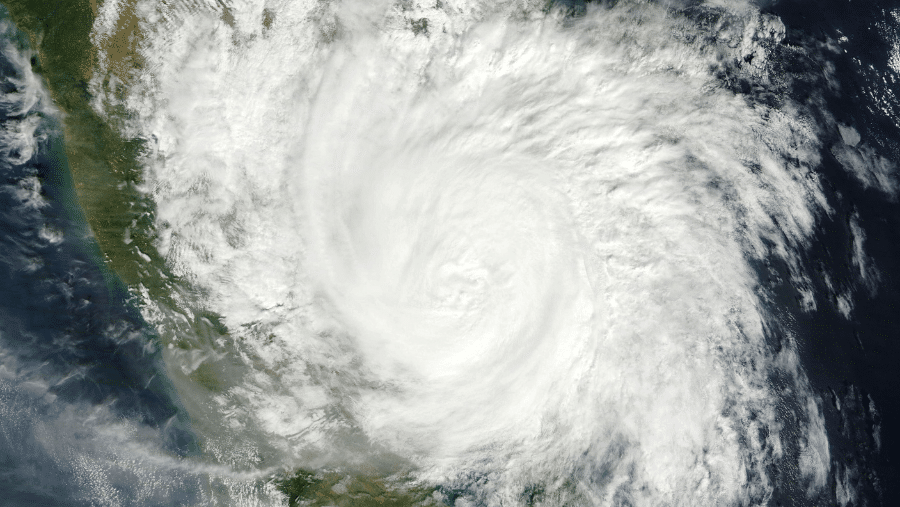
A Bomb Cyclone
What is a bomb cyclone?
A storm that quickly intensifies by rapidly losing pressure is a bomb cyclone. The storm causes the swift loss of pressure, dropping at least 24 millibars within 24 hours. For example, a storm may drop from 1006 millibars in a southern state to 960 by the time it reaches Canada.
A wide range of hazardous weather conditions are associated with a bomb cyclone. The storm can unleash heavy amounts of precipitation over areas, or it can leadLead is a heavy metal that can be toxic to humans, especiall... More to severe thunderstorms. Similarly, a bomb cyclone can be responsible for major winter blizzards.
A cyclone that undergoes bombogenesis has the right ingredients to strengthen significantly. High amounts of heat, moisture, and rising air make up the bomb cyclone. The rapid rate at which the storms intensify puts weather forecasters on alert, since they can have a harmful impact.
Bomb cyclones are common occurrences during the winter season in the North Atlantic. However, these storms, called Atlantic bombs, can occur all year long. Approximately 60 to 70 cyclone formations occur all over the earth each year, with 40 to 50 happening off the US east coast.
While the majority of bomb cyclones occur over the ocean, they sometimes pummel the east coast. This winter, at least three bomb cyclones affected the east coast. When a bomb cyclone occurs close to inhabited areas, it tends to receive plenty of local attention.
What happens during a bomb cyclone?
When a bomb cyclone is expected to hit the eastern coast, such as from the deep south to northern Maine, the National Weather Service issues a winter storm warning. The bomb cyclone can create hazardous conditions that affect drivers and homeowners in the area.
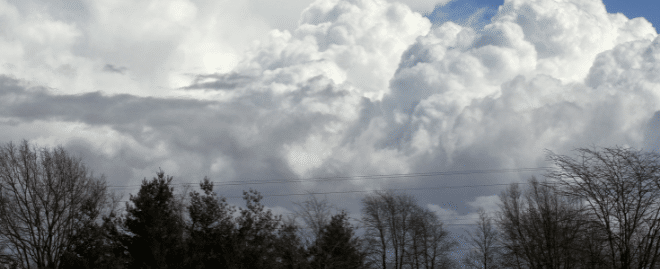
During this winter season, for example, St Patrick’s day parades that were scheduled to take place up and down the east coast, from New York to Philadelphia, were canceled. Parade co-chairs decided to prioritize the safety of participants in the wake of the bomb cyclone.
Damaging winds occur during a bomb cyclone. The increase in wind speed is dependent on how quickly the pressure falls. Bomb cyclones are known to produce hurricane-force winds gusting at over 75 to 80 miles per hour. Fierce wind conditions can make storms intense and dangerous.
The frigid air that accompanies a bomb cyclone also creates icy road conditions. Even without significant snow accumulations, the bomb cyclones can leadLead is a heavy metal that can be toxic to humans, especiall... More to slick roads. As temperatures fall to below freezing, the cold air that crashes behind the storm creates icy spots on the roads.
Snow accumulations of six inches to over one foot could also impact travel. Drivers experience slippery conditions, especially in the South and from Texas to Oklahoma and Tennessee. As far south as Mississippi, even a dusting of snow is a possible outcome of the bomb cyclone.
Travelers should be cautious, as the combination of high winds and major snow accumulations reduce visibility on roads and create dangerous driving conditions. Downed tree limbs are additional results of a bomb cyclone. Power outages, too, can occur in the aftermath of a bomb cyclone.
To learn more about the bomb cyclone, visit What Causes a Bomb Cyclone? Where and When does it happen?
What is the severest bomb cyclone of the season?
Quinlan is the name given to the deepest bomb cyclone of the season. As recently as March 2022, Quinlan dumped massive amounts of snow on Pennsylvania and delivered gale-strength winds to New Jersey, New York, and Delaware. The storm intensified as it traveled east.

Meteorologists predicted snowfalls up to 13 inches in some areas and additional severe weather, such as powerful wind gusts, large hail, and even tornadoes. These winter storm warnings were in effect from northern New England all the way down to the deep south.
The winds were expected to be over 50 miles per hour along the coast. Blizzard conditions were anticipated. Along the coast, additional severe weather damages were expected to occur as a result of storm surges, coastal floodingFlooding is the overflow or accumulation of water in areas t... More, wind damage, and beach erosion.
The US Eastern Seaboard is where bombogenesis, or bomb cyclones, most often occur. During winters along the east coast, a thermal contrast between the cool land and warm Gulf Stream current develops. Jet streaks also create favorable conditions necessary for the formation of bomb cyclones.
Even though they differ, bomb cyclones are sometimes referred to as winter hurricanes. No matter how the storms are referred to, after storm warnings have been announced, residents along the coast are advised to be extra cautious, especially when traveling.
Property owners, too, should be vigilant when a bomb cyclone is expected to hit. Major thunderstorms can unleash large amounts of precipitation and leadLead is a heavy metal that can be toxic to humans, especiall... More to floodingFlooding is the overflow or accumulation of water in areas t... More. When your home or business is affected by flood damage of any extent, contact a restorationRestoration is the process of returning a property to its pr... More professional for immediate help.

A reputable flood damage cleanup company will dispatch water damage restorationWater damage restoration is the professional process of clea... More crews to your property right away. Their quick response helps to prevent further water damage. Delays in addressing flood damage can leadLead is a heavy metal that can be toxic to humans, especiall... More to more costly repairs and long-term damage.
Water restorationRestoration is the process of returning a property to its pr... More crews are IICRC certified and skilled to complete water damage cleanup services with speed and efficiency. The process starts with the extraction of excess water. DryingDrying is the process of removing moisture from materials, s... More and dehumidifying the vicinity is next. They may also offer pack-outPack-out is the process of carefully removing and transporti... More services to salvage damaged goods.
FloodingFlooding is the overflow or accumulation of water in areas t... More may occur as a result of bomb cyclones or malfunctioning appliances, burst water pipes, or a failed sump pumpA sump pump is a pump installed in a basement or crawlspace ... More. No matter what caused the water damage to your property, professionals are equipped with the tools and techniques to return your property to its pre-loss condition fast.










